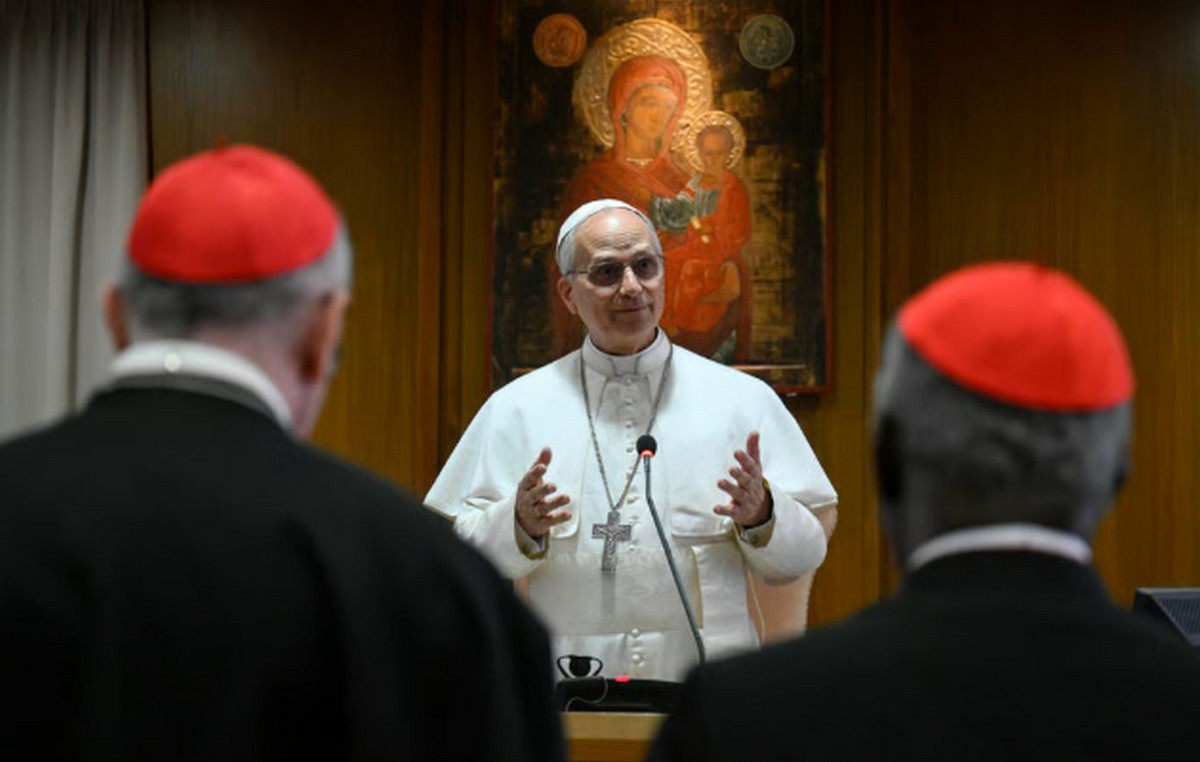Two people with leukemia achieved remission over a decade after being treated with CAR-T cells, immune cells that were modified in the laboratory, according to a new study. The findings suggest this approach could be a long-term therapy for blood cancer — and some researchers describe it as a possible cure.
Chimeric antigen receptor or CAR-T cell therapy could be a “curative regimen” for chronic lymphocytic leukemia (CLL), a type of cancer that starts from white blood cells in the bone marrow, according to scientists, who announced their findings at a press conference this week. CLL accounts for about a quarter of new leukemia cases.
The new paper describes “a 10-year follow-up of the first patients we treated with CAR-T cells, chimeric antigen receptor-modified T cells,” which is the “first cell therapy made from the patient’s own immune system,” he said. Carl June, a cancer immunologist at the University of Pennsylvania and one of the authors of the research.
Based on the results of the study, “we can now conclude that CAR-T cells can actually cure leukemia patients,” June pointed out.
CAR-T cells are an immunotherapy treatment designed to treat leukemia by harnessing the body’s own immune system to attack cancer. The therapy sends a patient’s immune cells to a laboratory to be genetically modified using a virus and gives the cells the ability to recognize and kill the source of the cancer.
‘Sustained remission’
The new study, published Wednesday in the journal Nature, describes two distinct phases that patients went through. They had an early phase represented by CD8+ or CD4-CD8 CAR-T cells expressing a marker called Helios, and then a shift to a long-term remission phase dominated by the CD4+ CAR-T cell population.
“CAR-T cells remained detectable more than ten years after infusion, with sustained remission in both patients,” the researchers wrote.
Scientists from the University of Pennsylvania and the Novartis Institute for Biomedical Research in Cambridge, Massachusetts, studied long-lived T cells in two people with leukemia who were in complete remission in 2010 after being infused with the cells as part of a clinical trial. 1. Both remain in remission more than 10 years after the infusion, the researchers noted.
Oncologist David Porter, one of the study’s authors, said this type of immunotherapy can have serious side effects, although he said these therapies have become safer over the years and are given to hundreds or thousands of people annually.
A side effect is tumor lysis syndrome, “a phenomenon where you kill a large number of cancer cells at the same time and they spill their contents into the blood, and that can make people very sick,” he said.
Tumor lysis syndrome can cause electrolyte abnormalities (deficiency in minerals found in the blood) and damage to the kidneys.
Another side effect is cytokine release syndrome, which gives people a severe flu-like syndrome with very high fever, nausea, vomiting, and muscle and joint pain.
“It can progress to very dangerously low blood pressure, difficulty breathing with fluid leaking into the lungs,” Porter said.
The third major side effect is neurological toxicity, leading to difficulty speaking or thinking clearly. In some situations, people can slip into a coma or develop seizures, according to Porter, but most cases resolve on their own.
A ‘deeper understanding’
For the new research, June recruited Joseph Melenhorst to establish a laboratory that would study people who had been treated with CAR-T cells.
“We actually built a map with the steps and a deeper understanding of the biology of the cells that were infused,” said Melenhorst of the University of Pennsylvania, author of the new paper. “We were able to isolate and analyze cells with new technologies, and that gave us a very good insight into some of the mechanisms of tumor persistence and response in both subjects.”
Doug Olson was one of the patients studied over a decade. He was diagnosed with chronic lymphocytic leukemia at age 49.
“While it was terrifying to hear that I had cancer, I didn’t really need much treatment for about six years,” Olson said at the press conference.
Then “the chemotherapy left me in remission for another five years, and then things started to get worse quickly after that, and by 2010, about 50% of my bone marrow was CLL,” Olson commented.
He said he received his first infusion of CAR-T cells in September 2010 and soon after became very sick and hospitalized for about three days — and the following week, his oncologist told him that no cancer cells were detected in his body.
“We didn’t think this would be a curative therapy in 2010,” June said.
“But with that, now that I think we can say that this is an Olson cure — from a scientific point of view — it is, I mean, these are the most mature, longest-lasting results available reported in the scientific literature, since it was the first treaty,” he said.
“So at this point, 10 years later, we haven’t been able to find any leukemia cells, and again, we still have the CAR-T cells that are on patrol and surveillance in case the leukemia comes back.”
Source: CNN Brasil







